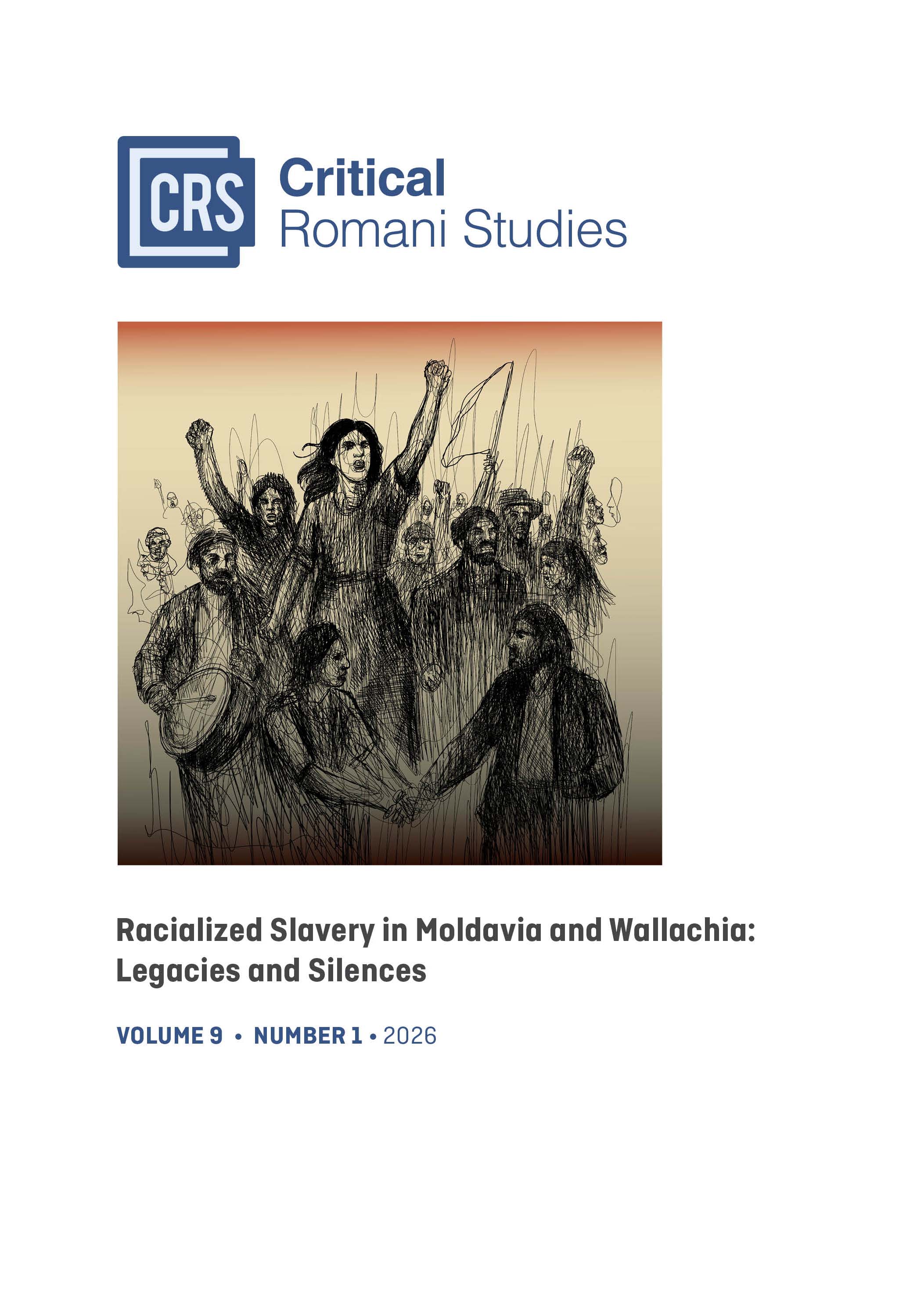Teaching the History of Romani Slavery: Advancing Justice and Combatting Anti-Roma Racism
Main Article Content
Article Sidebar
Published
Nov 25, 2025
Solvor Mjøberg Lauritzen
Alexandru Mihai Zamfir
Abstract
This article delves into how the history of the system of slavery in the Romanian Principalities of Moldavia and Wallachia can be taught to advance justice and prevent and combat anti-Roma racism. Although this specific form of racism is prevalent in Europe and beyond, and despite the recognition of history education’s role in fighting racism, the history of Roma slavery is notably absent from European curricula and textbooks. This omission often leads to victim-blaming due to a lack of understanding of Roma’s oppression and marginalisation. However, teaching a traumatic period of history brings dilemmas. Drawing on American slavery education, we discuss both pitfalls and best practices for the teaching of Roma slavery, if the goal is to prevent anti-Roma racism. We highlight four significant steps to effectively teach Roma slavery: (a) emphasise the perspectives, stories, and narratives of the enslaved, (b) provide a balanced account that highlights acts of resistance, resilience, and the agency of enslaved Roma in the face of slavery’s brutality, (c) explicitly connect past injustices to present-day racism, demonstrating the ongoing legacies and impacts of Roma slavery and how the vicious circle can be broken, and finally (d) highlight examples of allyship between Roma and non-Roma, and to provide anti-racist role models for all pupils.
How to Cite
Lauritzen, S. M., & Zamfir, A. M. (2025). Teaching the History of Romani Slavery: Advancing Justice and Combatting Anti-Roma Racism. Critical Romani Studies, 9(1), 92–110. https://doi.org/10.29098/crs.v9i1.193
Article Details
Keywords
Antigypsyism, Anti-Roma racism, Roma slavery, Slavery education
Section
Articles

This work is licensed under a Creative Commons Attribution-NonCommercial 4.0 International License.
Authors who publish with this journal agree to the following terms:
- Authors retain copyright and grant the journal right of first publication. The work is licensed under a Creative Commons Attribution-NonCommercial License that allows others to share the work with an acknowledgement of the work's authorship and initial publication in this journal.
- Authors are able to enter into separate, additional contractual arrangements for the non-exclusive distribution of the journal's published version of the work (e.g., post it to an institutional repository or publish it in a book), with an acknowledgement of its initial publication in this journal.

